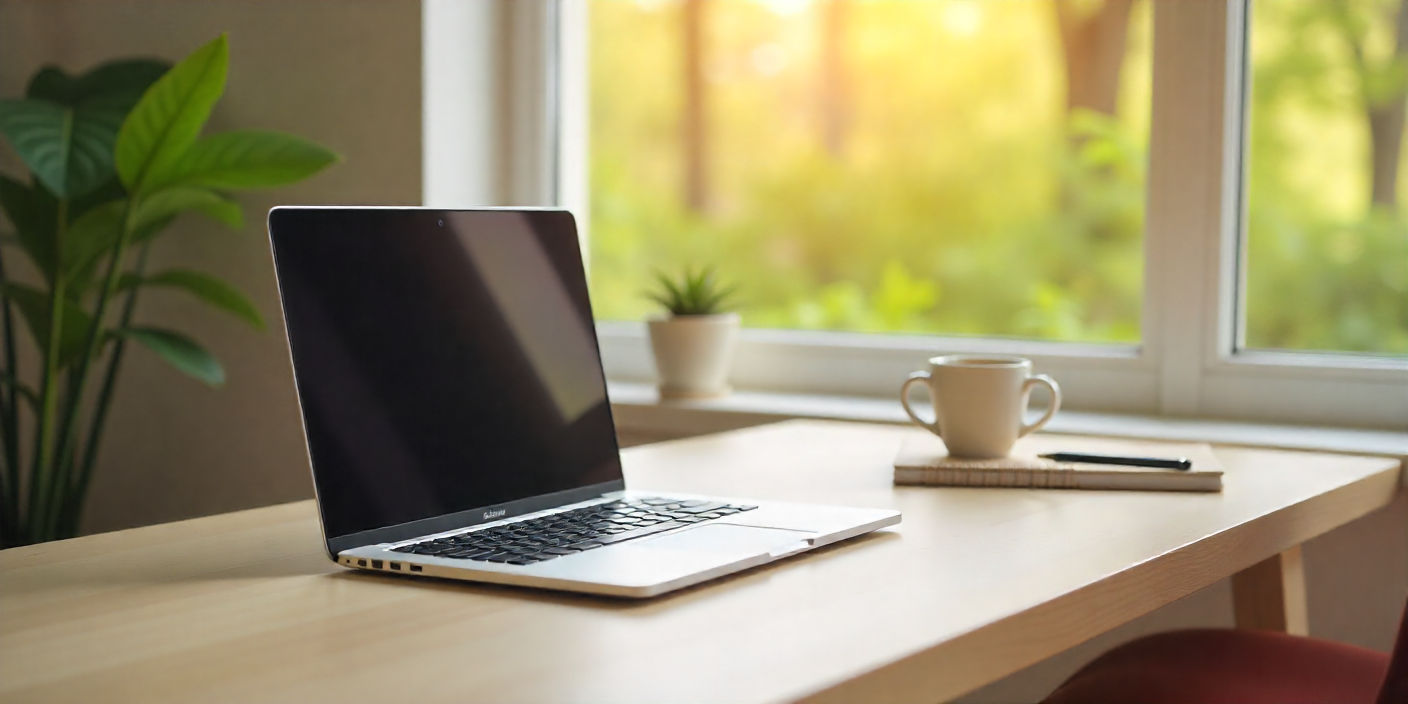The Art of Digital Minimalism: Reclaiming Focus in a Distracted Age

We live in a time when our attention is a battlefield. From the moment we wake up, screens compete for our focus—notifications ping, emails demand responses, and endless scrolls entice us with more content than we could consume in a lifetime. While technology has brought undeniable convenience, it has also created an environment where silence and presence feel like luxuries.
This is where the practice of digital minimalism enters the picture. Unlike detoxes or quick fixes, digital minimalism is about long-term lifestyle change: carefully curating how we use technology so that it serves our goals rather than hijacking them.
How We Got Here
It wasn’t always like this. In the early days of the internet, going online was a deliberate act—you sat at a computer, dialed in, and had a limited window to explore. Today, the internet never turns off. Smartphones, smartwatches, and even connected appliances ensure that digital life follows us everywhere.
The issue is not the tools themselves but the design choices behind them. Platforms are optimized for engagement, not well-being. Infinite scrolls, autoplay, and push notifications are engineered to keep us hooked. What begins as a quick check of a message often spirals into 30 minutes of aimless browsing.
What Is Digital Minimalism?
Coined by author Cal Newport, digital minimalism is the philosophy of using technology with intention. It doesn’t mean abandoning devices or retreating from the modern world. Instead, it’s about aligning digital habits with values.
At its core, digital minimalism asks a simple but powerful question: Does this use of technology support the life I want to live?
-
If an app enhances creativity, learning, or connection, it may be worth keeping.
-
If it merely consumes time without adding meaning, it may be time to step away.
Why It Matters
Focus as a Superpower
In an economy where information never stops flowing, the ability to concentrate deeply is rare. Digital clutter—constant notifications, fragmented browsing—erodes this ability. Practicing digital minimalism restores focus, allowing you to produce higher-quality work and experience deeper learning.
Mental Well-Being
Numerous studies link excessive screen time with anxiety, poor sleep, and reduced happiness. The more time spent in comparison-driven environments like social media, the more dissatisfaction tends to grow. Reducing unnecessary exposure creates mental breathing space.
Relationships
How often do dinners get interrupted by phone checks? Digital minimalism helps restore undivided attention, strengthening real-life conversations and intimacy. In a culture of divided focus, giving someone full presence becomes a rare and powerful gift.
Practical Ways to Begin
Digital minimalism is less about rules and more about thoughtful experiments. Here are practical steps to try:
-
Audit Your Apps
List every app on your phone and computer. Which ones truly serve your values? Which ones exist out of habit? Delete ruthlessly. -
Turn Off Notifications
Not every buzz deserves your attention. Disable non-essential alerts. Let communication happen on your terms, not the algorithm’s. -
Design Device-Free Zones
Bedrooms, dining tables, or morning routines can become sanctuaries free from screens. These physical boundaries reinforce mental boundaries. -
Batch Online Activities
Instead of checking email 50 times a day, set two or three designated slots. This reduces context switching and reclaims hours. -
Replace, Don’t Just Remove
If you cut out screen time, fill the gap with meaningful alternatives: reading, journaling, exercising, or calling a friend. Minimalism is not about deprivation but substitution.
Stories from Practitioners
One executive shared how deleting Twitter doubled his productivity at work. A teacher in Canada created a phone-free evening routine and noticed improved sleep and closer family interactions. A college student swapped late-night scrolling with sketching and ended up building a small art portfolio.
These stories highlight an important truth: the impact of digital minimalism is highly personal. For some, it’s about creativity; for others, it’s about family, health, or simply peace of mind.
The Challenges
Of course, cutting back on technology is easier said than done. Digital life is woven into everything from banking to navigation. Going offline completely is impractical for most.
That’s why the minimalist approach focuses on balance, not elimination. The hardest part is social pressure: when friends expect instant replies or when work culture rewards constant availability. Overcoming this requires courage to set boundaries—and often, honest conversations with peers and colleagues.
A Broader Movement
Interestingly, digital minimalism is not just a personal trend but part of a broader cultural shift. Tech workers themselves are sounding alarms about the addictive nature of apps they helped create. Schools are experimenting with device-free classrooms. Even large corporations are beginning to recognize the productivity costs of digital distraction.
There is a growing awareness that technology should be a tool, not a master.
Reaping the Benefits
Those who commit to digital minimalism often describe unexpected benefits:
-
Clarity: With fewer distractions, priorities become sharper.
-
Time Wealth: Hours once lost to scrolling reappear for hobbies, relationships, or rest.
-
Deeper Joy: Experiences feel richer when lived fully rather than filtered for posting.
Perhaps the most profound change is regaining a sense of agency. Instead of drifting through digital currents, minimalists navigate with intention.
Looking Ahead
The future of digital minimalism may not be about rejecting technology but reshaping it. Already, new devices are emerging with “focus modes” and well-being features. Consumers are demanding tools that respect time rather than exploit it.
If enough individuals and organizations embrace this philosophy, we may witness a shift in how technology is designed. Less about stickiness, more about sustainability. Less about clicks, more about connection.
Closing Thoughts
In the end, digital minimalism is not about doing less; it’s about living more. By choosing carefully what deserves our attention, we reclaim focus, deepen relationships, and rediscover silence in a noisy world.
It doesn’t require perfection. Even small adjustments—turning off a notification, carving out a phone-free morning—can spark meaningful change. Like any form of minimalism, the goal is not to strip life bare, but to create room for what matters most.



